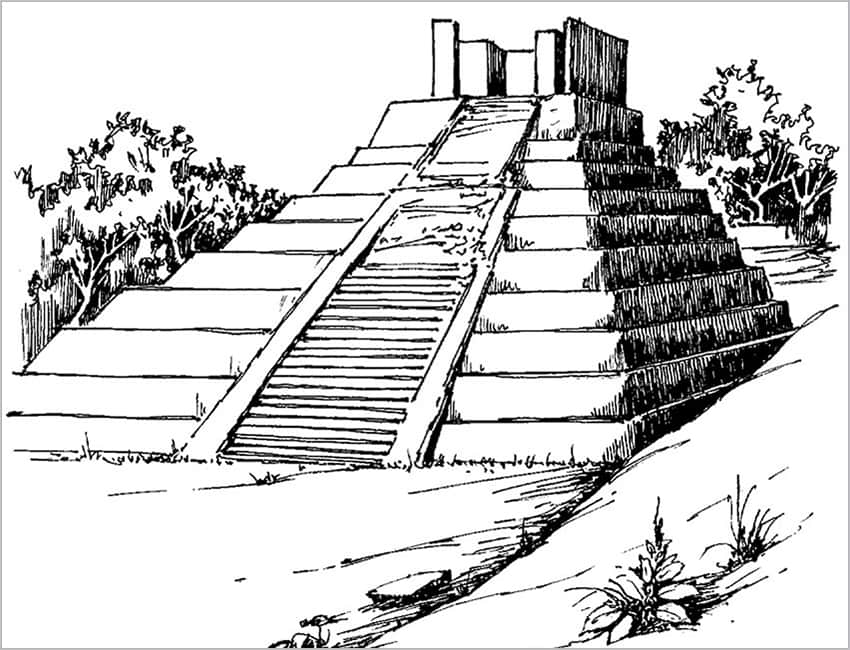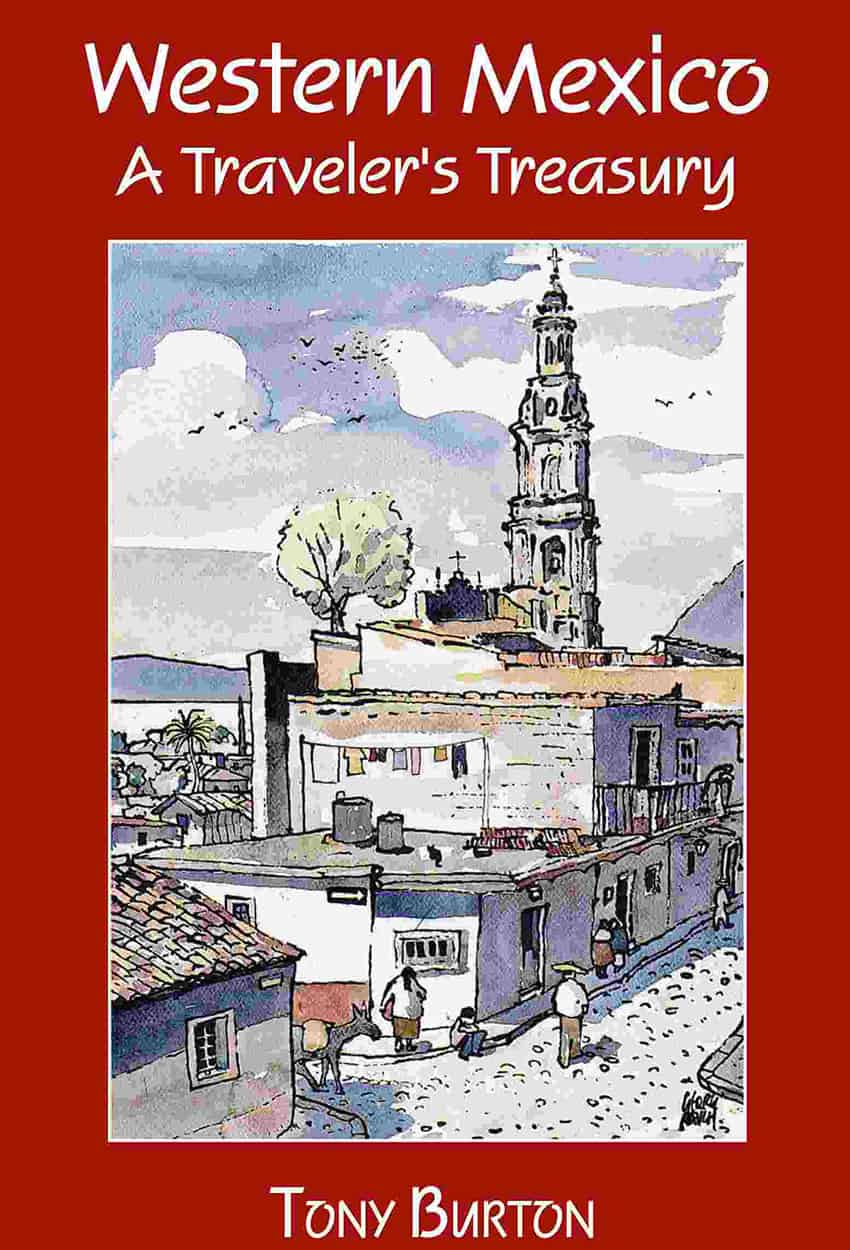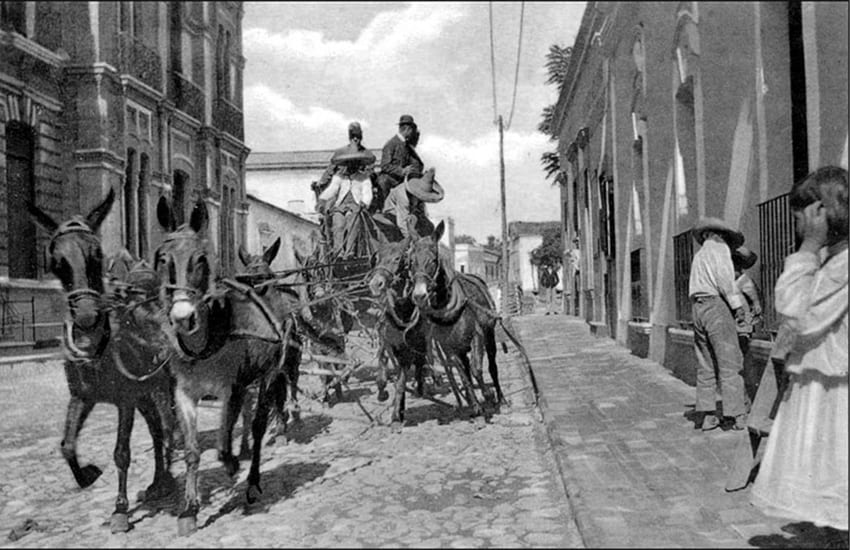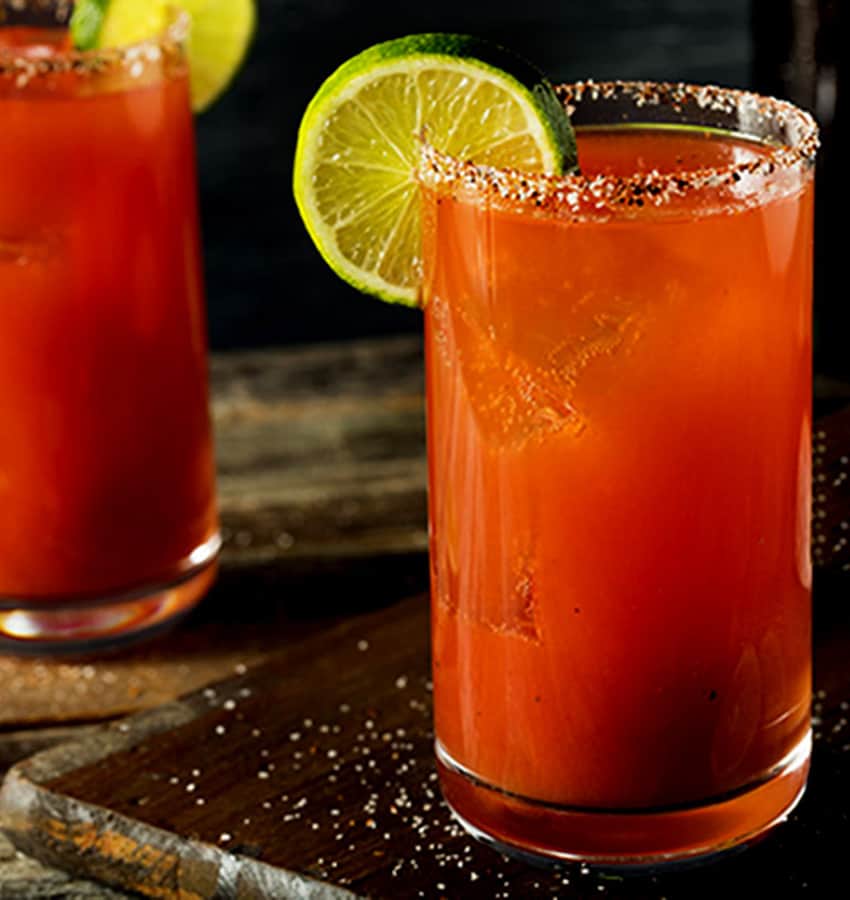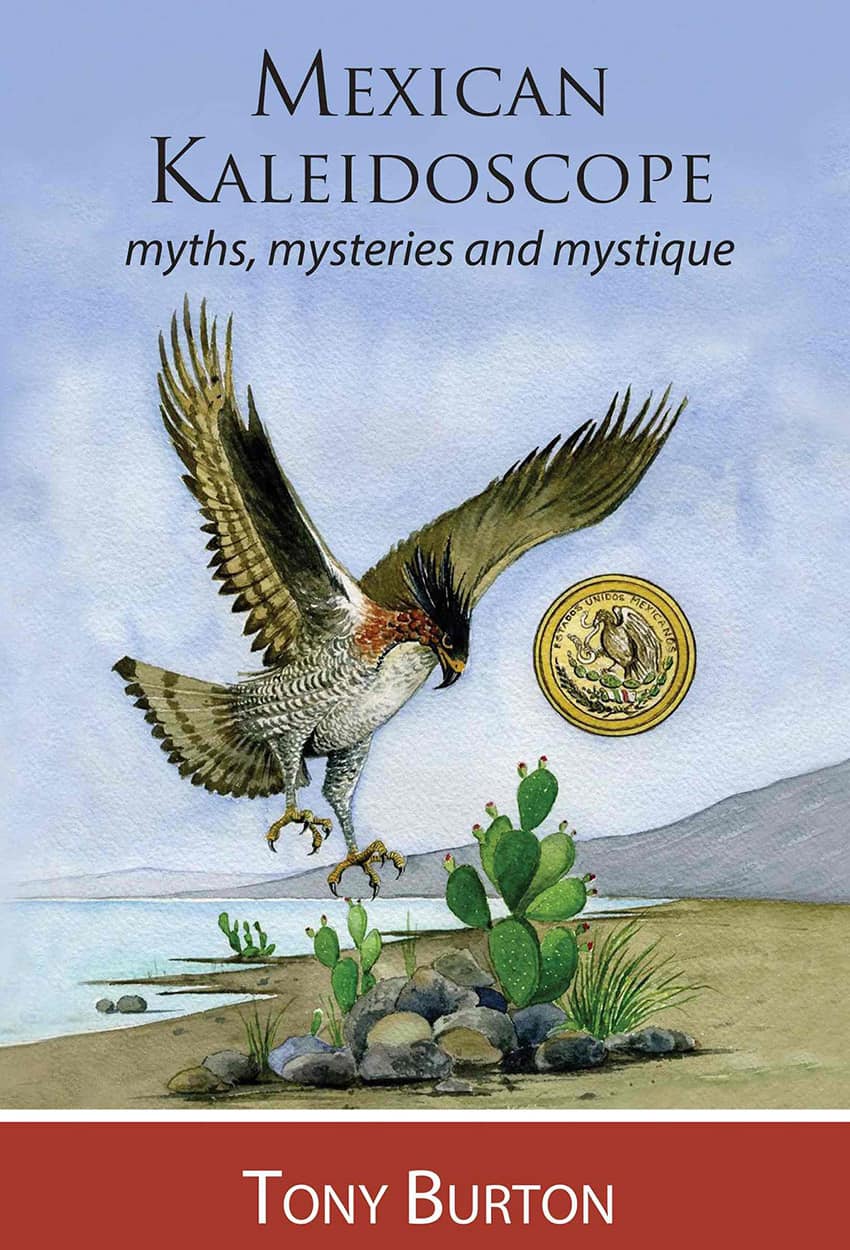Whenever I’m looking for the story behind some curious Mexican custom or the history of a venerable old hacienda that I’ve stumbled upon in my travels, I find myself reaching for one of several books written by Tony Burton.
Have you ever heard of the Pastry War, which occurred between Mexico and France in the 1800s? Tony Burton tells the story in the book Western Mexico — A Traveler’s Treasury:
The Pastry War began when Mexico refused to pay compensation for damages to a pastry shop owned by a Frenchman in Mexico City. The shop had allegedly been looted during riots in 1828.
Ten years later, the French government used this pretext — and other losses that had occurred at the same time to other French property — to demand US $600,000 in damages from the Mexican government of [Mexican president Antonio] Bustamante. The French also sought a preferential trading agreement with Mexico.
Bustamante considered the claim for looted pastries to be preposterous and refused to pay or to consider the trade agreement. Outraged, the French brought up a fleet from the Caribbean island of Martinique and blockaded Veracruz.

Seven months later, the French added US $200,000 to their demand to cover the costs of the blockade. Bustamante finally gave in and paid in full, whereupon the French fleet sailed off.
Even if you know all about the Pastry War, you may have no idea where to find the world’s deepest water-filled sinkhole. Well, you don’t have far to look if you live south of the United States border.
The book Geo-Mexico, by Richard Rhoda and Tony Burton, tells us that the El Zacatón Cenote on Rancho Azufrosa near Aldama, Tamaulipas, “is the deepest water-filled sinkhole anywhere on the planet. A 2007 NASA-funded study proved that it is a staggering 335 meters (1099 ft) deep.”
Tony Burton is also the author of Mexican Kaleidoscope: Myths, Mysteries and Mystique, as well as If Walls Could Talk: Chapala’s Historic Buildings and Their Former Occupants. I decided it was time to present Burton and his books to readers of Mexico News Daily, though many of you, no doubt, are already among his fans:
John Pint: Tony Burton, you are a British geographer. How did you become interested in Mexico?
Tony Burton: I first visited Mexico in 1977 when I backpacked solo all across southern Mexico for a summer. When I was offered the opportunity two years later to work in Mexico City [to teach at Greengates School], I jumped at the chance. One thing led to another, and within a few years, I had visited every state in the country (most of them several times), my collection of books related to Mexico was growing and my “must-see” list was becoming quite small!
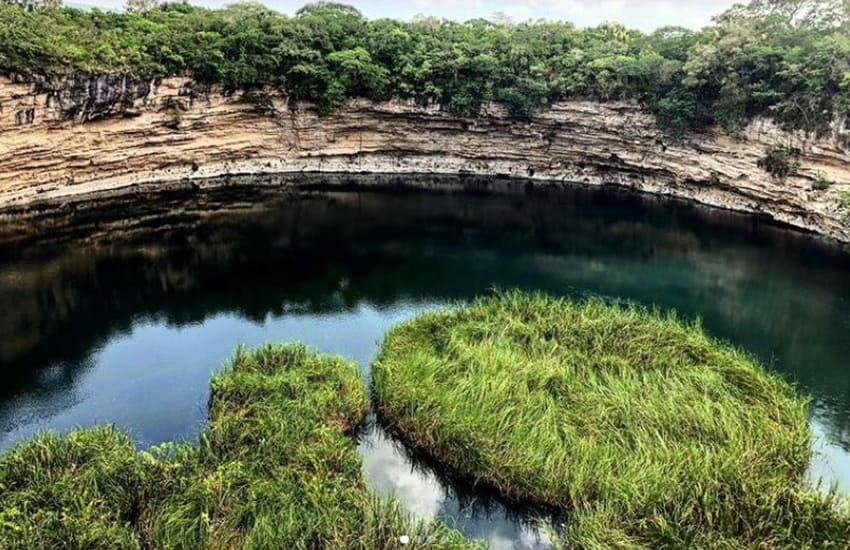
JP: Can you tell me something about your latest book, If Walls Could Talk?
TB: When researching the history of tourism in Mexico for Geo-Mexico, I realized that most previous accounts began with Acapulco, which first became popular in the 1920s. But where did tourists visit before that? In many ways, the growth of tourism in Mexico began with the railroads. As the nation’s railroad network expanded at the end of the 19th century, it not only made major provincial cities more accessible, it also led to the development of the lakeside town of Chapala as Mexico’s earliest purpose-built resort destination.
Almost overnight, a small fishing village became a resort with several hotels, dozens of fine villas and chalets and a yacht club. It attracted many foreign writers and artists, whose books and paintings helped popularize it. The 1910 revolution put a temporary brake on tourism, but many of these historic buildings still stand. Even today, it is quite easy to walk around Chapala and recognize the many fine examples of early vacation-oriented architecture. The mix of old and new, and the many extraordinary people who have lived there over the years, are what make Chapala such a fascinating town. Hence my book about Chapala’s historic buildings and their former occupants.
JP: Can you give me an example of one of these houses with a curious history?
TB: If I’m limited to only a single example, I’ll have to go with Mi Pullman, an unusually tall and skinny house just back from the lakefront, designed by local architect Guillermo de Alba as his family home. The proportions of this small building, completed in 1906, resemble a Pullman rail car, hence the name.
De Alba designed numerous private homes and hotels in both Chapala and in Guadalajara and was commissioned in 1917 — by Norwegian entrepreneur Christian Schjetnan, a near neighbor — to design the beautiful Chapala Railroad Station [now the González Gallo Cultural Center]. As for Mi Pullman, by the 1990s, it had fallen into a terrible state of repair, though its ground-floor rooms were still being used for the local tourism office.
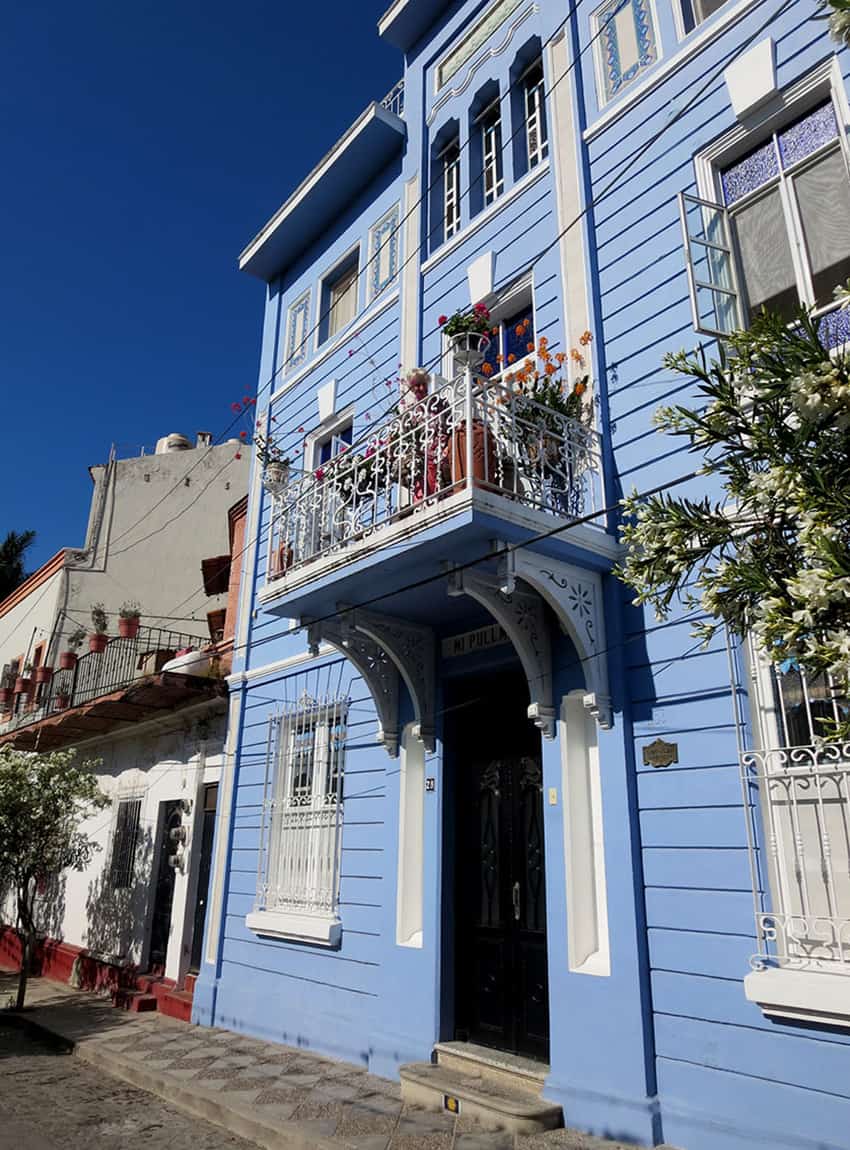
Fortuitously, in 2004, a visiting Englishwoman, Rosalind Chenery, fell in love with the dilapidated building. She spent several years persuading the owners to sell and then restored this gorgeous art nouveau townhouse to its former glory, inside and out. Chenery tells the full story in Mi Pullman: Remodeling a Mexican Art Nouveau Townhouse.
JP: How about your book Mexican Kaleidoscope? Can you share one of those mysteries with us?
TB: Seriously? Only one? Well, rather than the story of why rubber balls bounce (and don’t simply shatter) or the reasons why ancient astronomers held a conference in Xochicalco in the eighth century to reboot their calendar, I’m opting for the mystery related to the pyramids of Comalcalco in Tabasco.
The pyramids were built by the Chontal Maya, using thousands of flat, rectangular bricks held in place by a mortar made mainly from oyster shells. The workmanship is impressive, but the bricks hide a secret: during restoration, archaeologists realized that many of the bricks bore mysterious symbols or inscriptions, and sometimes even the brickmakers’ fingerprints.
Most of the symbols are thought to be brickmasons’ signs. But the really curious thing is that these marks are virtually identical to the masons’ marks used by the Romans, half a world away in Europe. In Mexican Kaleidoscope, I examine the evidence for the claim that the Romans may have been in the Americas a thousand years before Columbus, or that their influence was introduced to Comalcalco via India.
• If this all-too-brief introduction to the works of Tony Burton has whetted your appetite, you’ll find all of his books listed on his Amazon page.
The writer has lived near Guadalajara, Jalisco, for 31 years and is the author of A Guide to West Mexico’s Guachimontones and Surrounding Area and co-author of Outdoors in Western Mexico. More of his writing can be found on his website.
